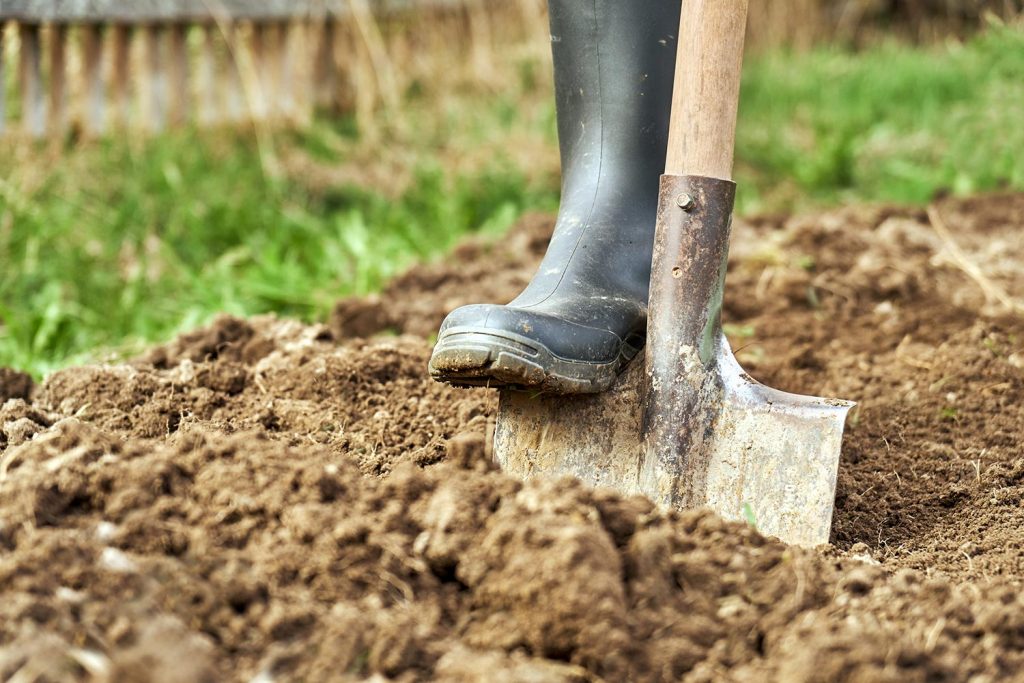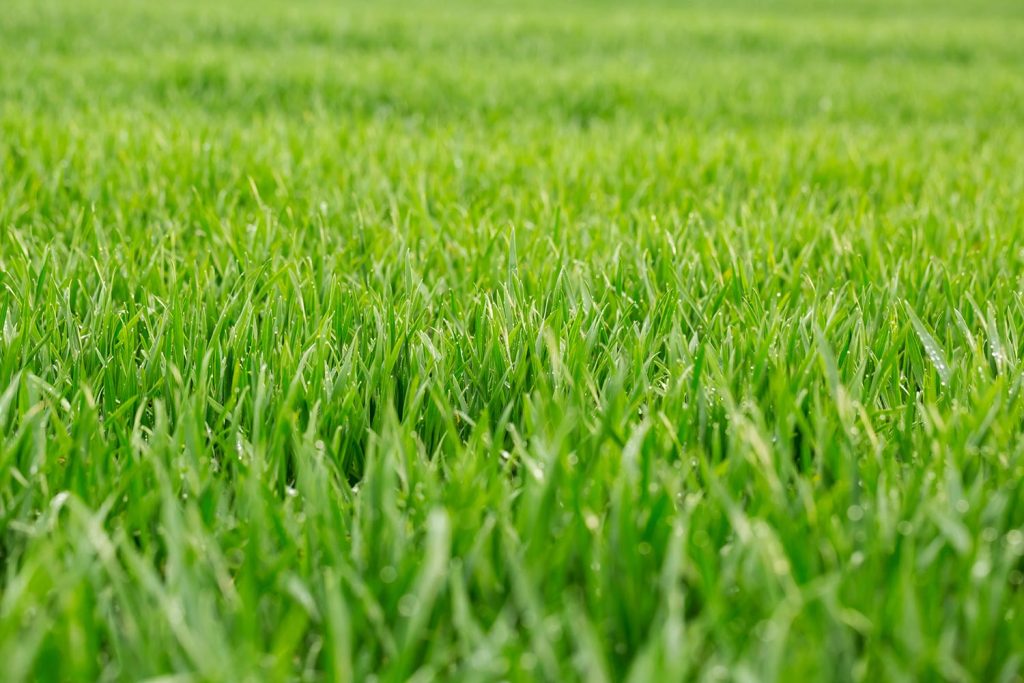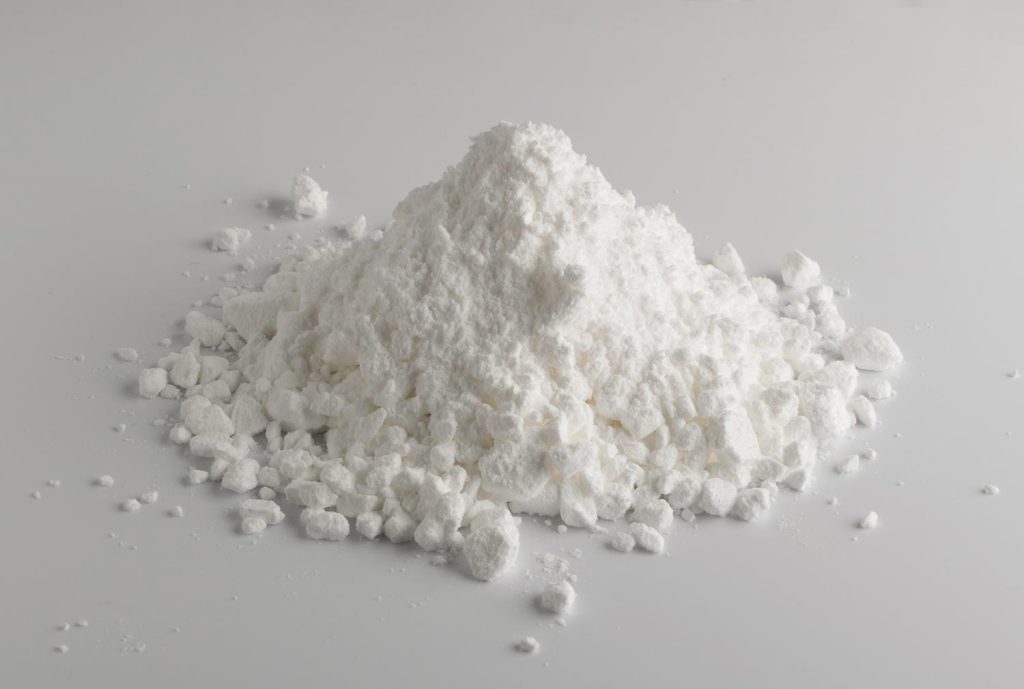Deciding how to treat the soil in your garden can sometimes be challenging. Do you want to try adding lime to your clay soil but don't know whether this is helpful or not? Well, we've done plenty of research and have the answer waiting here for you. Let's check it out.
Although clay soil will benefit from nitrogen and aeration, you shouldn't need to add lime unless its pH level is low. Generally, if the clay in your yard is super acidic, adding a bit of lime will decrease its acidity while making it more alkaline.
Adding lime to clay soil can also help aid plant growth and decrease the chances of waterlogging, so doing this can be very beneficial.
As we begin, we will cover all things clay soil and discuss when and how you want to add lime. Whether you're new to clay gardening or need new ideas to increase/decrease its pH, we're here to help. With that said, let's get right into this topic!
![A dirty close up spade in dry clay soil, Does Clay Soil Need Lime? [And How Much To Use]](https://gardentabs.com/wp-content/uploads/2022/03/Does-Clay-Soil-Need-Lime..png)
What Does Adding Lime Do To Clay Soil?
When you add lime to clay soil, it essentially lowers the acidity levels in the ground. Doing this also increases the clay soil's pH level, which can be helpful in some situations.
Of course, you don't want to add too much lime to clay soil, as acidity is helpful for many plants. Furthermore, adding a bit of lime to the ground can prevent waterlogging the next time it rains.
This can keep your garden's drainage good and keep the roots of your plants from drowning if the soil becomes saturated, so lime can be a great idea.

Is Lime Good For Clay Soil?
Overall, yes, lime is good for clay soil. Considering it can help with drainage and increase the pH levels in the ground, adding lime is a natural way to improve your clay.
However, adding lime isn't going to do much more than adjusting the ground's pH. Of course, this is great for certain plants and ecosystems, but aerating and adding nitrogen to clay will make more of a difference.
Compost is another addition that helps with clay drainage and overall quality, so there are many ways to accomplish this.
How Much Lime Do I Need For Clay Soil?

In general, you want to add 20-50 pounds of ground limestone (lime) per 1,000 square feet of clay soil. Doing this should correct a mildly acidic garden and help to increase its pH level.
However, if your clay is super thick or heavily acidic, you may need to increase that 20-50 pounds closer to 100. Again, this will vary for everyone, so not all clay soil will be the same.
And if your clay soil already has a somewhat stable pH or one on the higher side, you won't need to add lime at all.
What Happens If I Add Too Much Lime To Clay Soil?
If you add too much lime to clay soil, expect stunted plants. Considering that the natural acidity in clay can benefit plant growth, taking that away can have major consequences.
To start, overdoing it with lime will cause your plants to discolor and even stop growing entirely. The clay in your yard may even begin to accumulate excess salt.
And in some cases, the plants in your garden may start to die off until more acidity is added to the soil around them. Additionally, we recommend using a pH tester on the ground before making any decisions.
Trazon Soil pH Meter
This soil meter reads pH, moisture, and light, is easy to read, doesn't require batteries, and works in ten minutes.
View this meter on Amazon here.
Does Lime Help Grass Grow In Clay Soil?

Although many plant species prefer the natural acidity in clay soil, adding a bit of lime can work wonders for grass. Generally, a higher pH is better for grass in clay soil, so doing this is a great idea.
Lime can also help restore the nutrients within the clay ground, which your grass will enjoy. On top of that, you want to use nitrogen-based fertilizers to aid in grass growth and aeration.
How Do I Improve Grass In Clay Soil?
There are plenty of ideas to consider for those trying to improve their grass in clay soil. A few ideas we recommend include:
- Regularly check and monitor your clay's pH.
- Aerate the ground 1-2 times per year.
- Apply compost/organic matter.
- Overseed using perennial ryegrass seed.
- Use an organic spring-summer fertilizer.
- Apply a top dressing of soil and sand.
- Add lime to increase your clay's pH.
- Mow your grass routinely.
- Apply a liquid seaweed.
In addition, you want to make sure you are using products on your grass that will help break up the thick clay ground, ultimately improving its drainage. Grass doesn't like to be waterlogged, so aeration is vital for a healthy, lush lawn.
What Is The Best Way To Improve Clay Soil?
One of the best ways to improve clay soil is to add organic matter to it. Mixing compost into your existing clay soil can help improve its drainage while adding plenty of much-needed nutrients.
Specifically, you can try using sawdust, manure, leaf mold, compost, and peat moss to amend clay soil and improve its overall quality.
You may also want to use a specialty formulated probiotic soil amendment, which should help deliver these essential nutrients directly into the ground.
ClayMend Probiotic Soil Amendment
This liquid soil amendment improves clay quality, encourages a healthier lawn and garden, softens the soil, treats up to 5,445 square feet, and comes in a 16-ounce bottle.
Should I Use Gypsum On Clay Soil?

For those wondering if gypsum is worth trying, this depends. Typically, clay soil that is sodic or contains high sodium will benefit from gypsum.
Think of using gypsum as an amendment rather than a necessary treatment for clay gardens. As we said, the best ways to improve clay are aeration, lime, and adding plenty of compost.
Again, that's not to say it won't help improve the clay ground around you, but we don't think applying it is 100% effective.
Is Clay Soil Acidic Or Alkaline?
Most clay soils will contain a bit of acidity and be slightly alkaline. As we mentioned earlier, clay soil tends to have higher acidity than other options, so adding lime is sometimes necessary.
With that said, clay soil will typically have a pH between eight and ten, so it falls into a more alkaline category. Of course, increasing the acidity in clay soil and lowering its pH to six or under can benefit some plants, so it goes both ways.
Furthermore, every clay garden will be different, so your soil might be super acidic, lower in alkaline, vice versa, or somewhat balanced.
Why Are Clay Soils Alkaline?
Considering that clay soil can hold more hydrogen ions, this creates a higher alkaline presence. That said, clay won't hold enough hydrogen to become overly acidic, but it will remain higher than loamy or sandy options.
Additionally, clay soil requires fewer chemicals to lower its pH than other soils, making it appear more acidic. Clay soils also have high percentages of sodium, calcium, and magnesium, which all contribute to its "alkaline" classification.
Can Any Plant Grow In Clay Soil?
Although you can try to grow almost anything in clay soil, some plants do better than others. Typically, these plant options will be best for clay growing:
- Aster
- Bee Balm
- Bearded Iris
- Butterfly Bush
- Black-Eyed Susan
- Canadian Wild Rye
- Drooping Coneflower
- Big Bluestem
- Sea Holly
- Cup Plant
- Echinacea
- Daylily
- Sedum
And the list goes on. Generally, you can check if a plant prefers higher pH (less acidity) or lower pH when you're purchasing it, so make sure to check for that before making any decisions.
Is Clay Soil Hard To Work With?
Although clay soil sometimes gets a bad wrap, it isn't necessarily hard to work with. However, the thickness of clay is one of its major drawbacks, often making it harder for plants to develop strong root systems.
On top of that, clay soil can be high in acidity, which isn't always good for plant health. Luckily, you can fix this by adding a bit of lime to the ground, so that's something to consider.
Furthermore, clay soil will require regular aerating, or you risk waterlogging, so it can be high maintenance.
To Wrap Things Up
Whether you want to start gardening or recently noticed your clay soil is too acidic, knowing when and if you should add lime is essential. From what we found, although not always required, lime can help lower the acidity levels in clay soils, ultimately increasing their pH.
Using lime can also break down your clay. This essentially allows for better drainage, which can be helpful if you live somewhere with frequent rain.
That said, it isn't always necessary to add lime or a soil amendment to clay ground, so we recommend purchasing a meter to test your soil beforehand.
Regardless, make sure to aerate the clay soil in your garden regularly, and don't forget to use a high-in nitrogen fertilizer.
Made it to the end? Check out these helpful related garden posts below!
How Often To Water Plants In Clay Soil [And How To Make It Fertile]
15 Shrubs For Wet Clay Soil That Will Look Great In Your Garden


